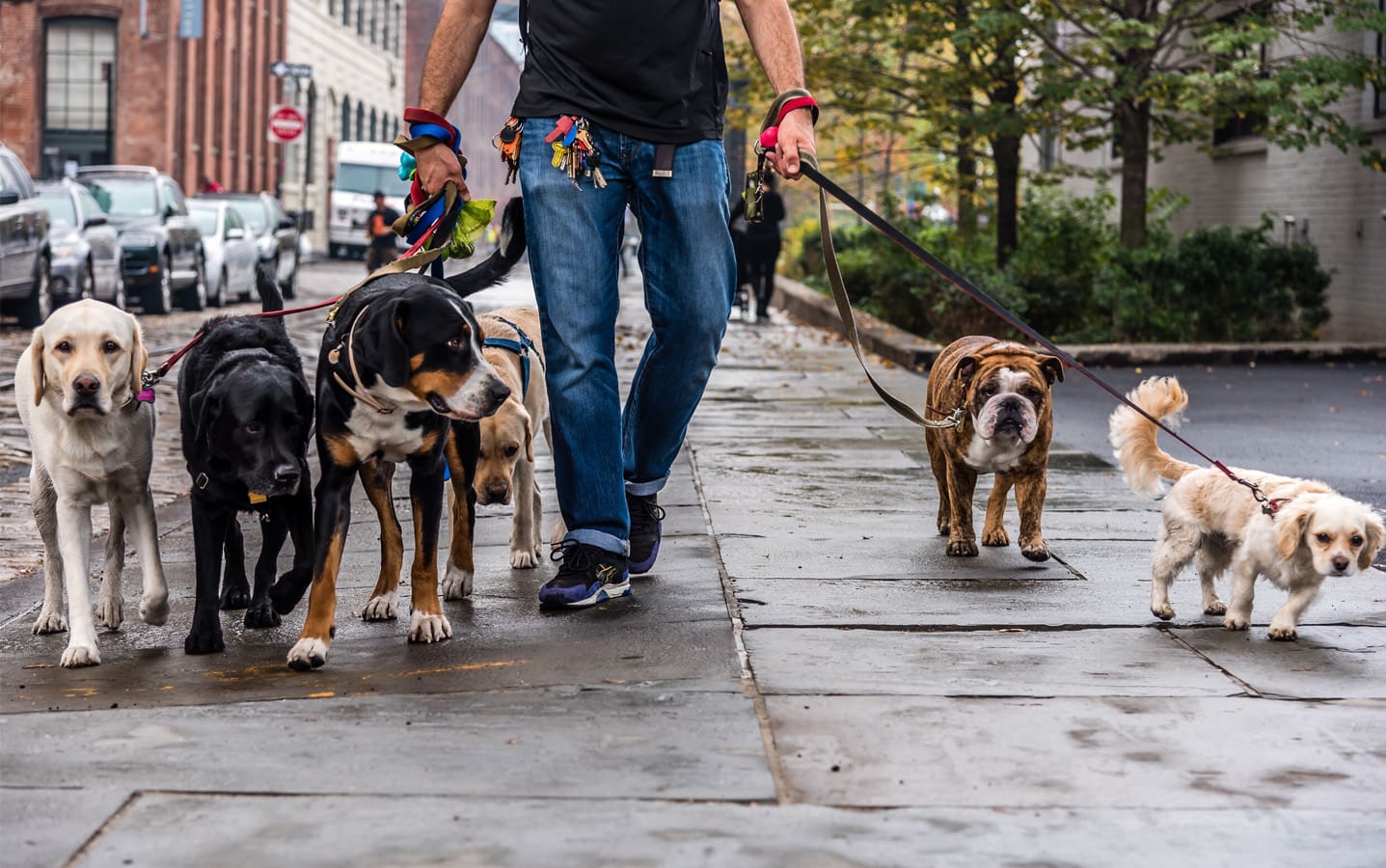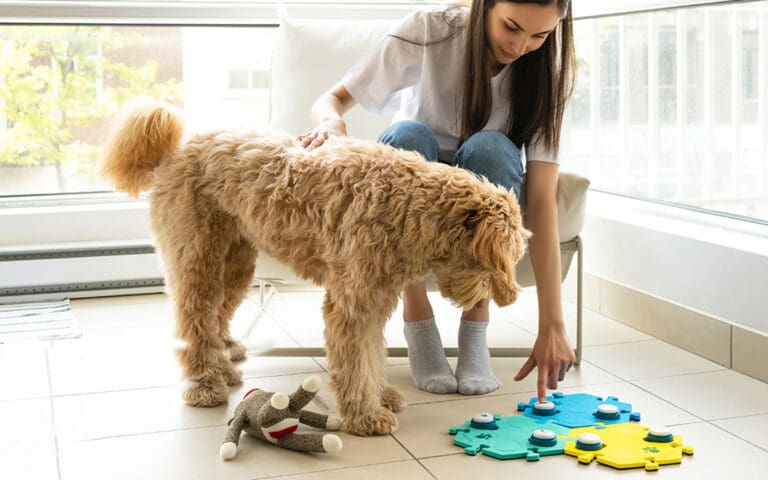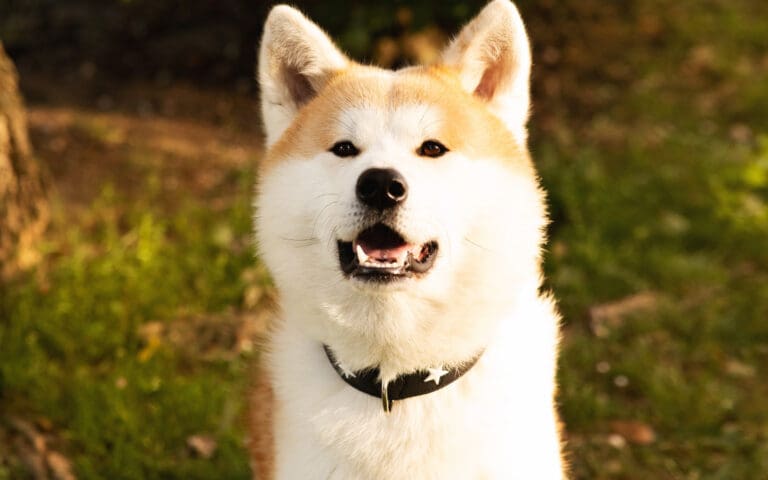Managing your dog’s weight is crucial for their overall health and well-being. With obesity being a growing concern among pets, it’s essential to adopt effective strategies for keeping your furry friend in optimal shape.
This article provides ten actionable tips to help you maintain your dog’s ideal weight, promoting a healthier and happier life for your beloved pet.
10. Encourage a Healthy Lifestyle for the Whole Family
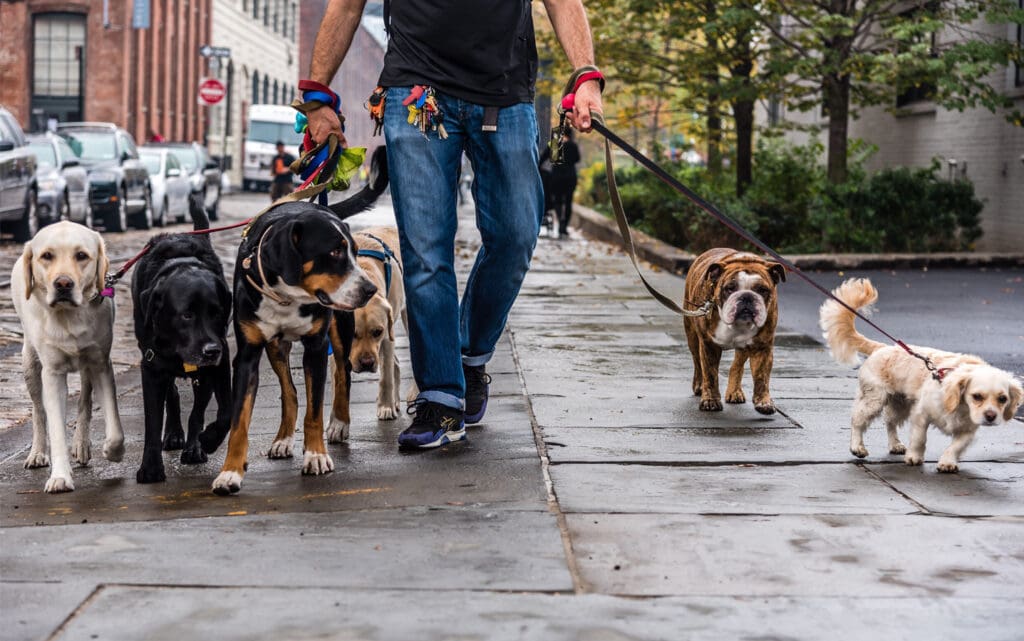
Create a healthy environment for everyone, including your dog. Engage in family activities like walks or playtime in the park. This not only helps your dog stay active but also promotes bonding and overall well-being for all family members. Remember, a healthy lifestyle is contagious and benefits everyone in the household.
9. Adjust Diet Based on Age and Activity Level
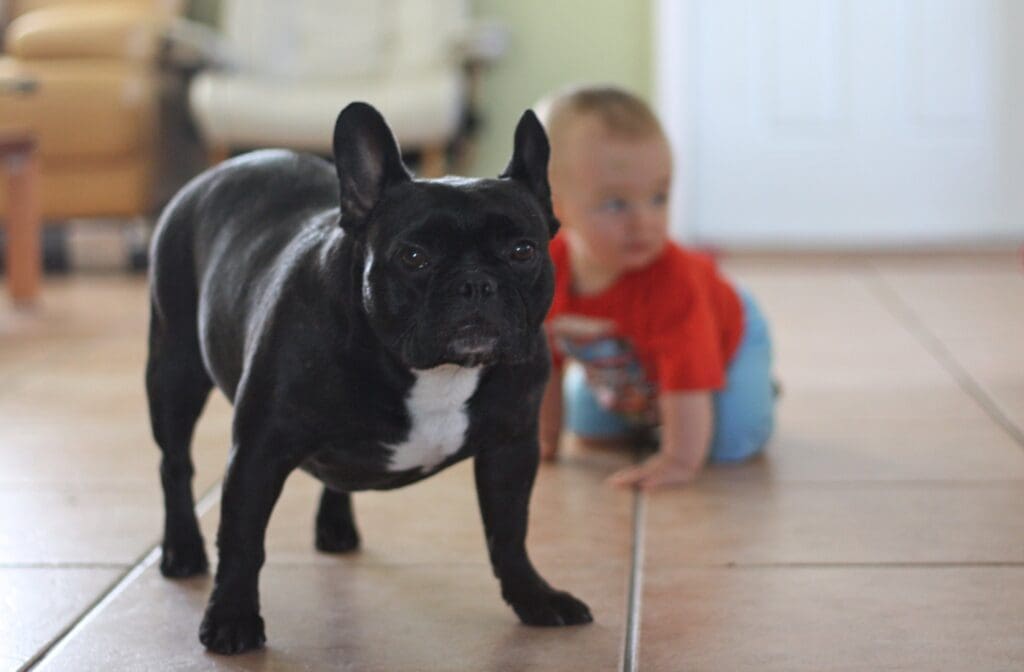
Tailor your dog’s diet to their life stage and activity level. Puppies and active dogs need more calories, while senior or sedentary dogs require fewer. Consult feeding charts and adjust portions accordingly. Regular vet check-ups can help fine-tune dietary needs as your dog ages or their lifestyle changes.
8. Monitor Your Dog’s Weight Regularly
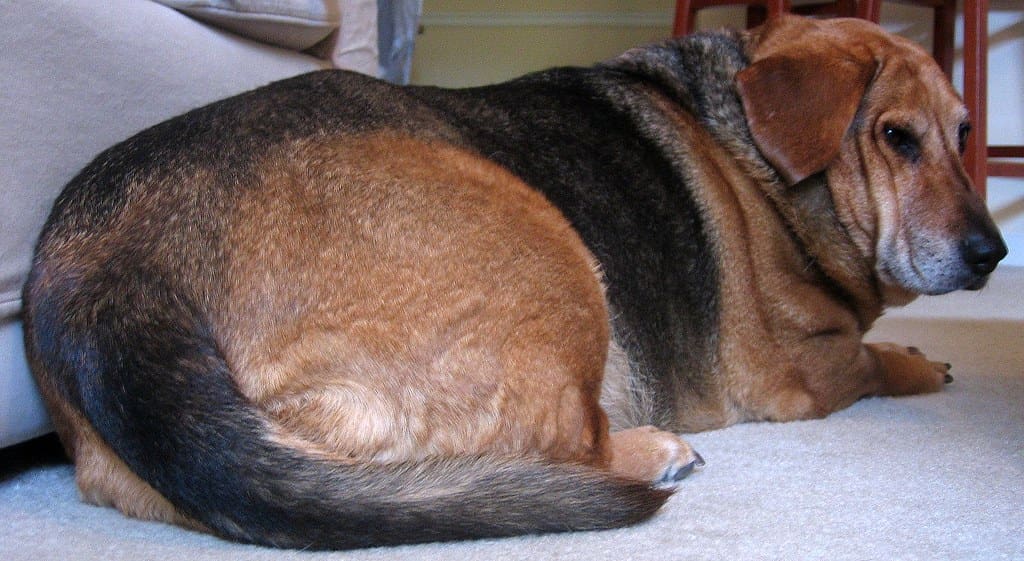
Weigh your dog consistently, ideally weekly or bi-weekly, using the same scale. For larger dogs, use the “you plus dog” method on a bathroom scale. Keep a log to track trends and adjust diet or exercise as needed. Regular weigh-ins help catch weight changes early, allowing for timely interventions.
7. Use Puzzle Feeders and Slow-Feed Bowls
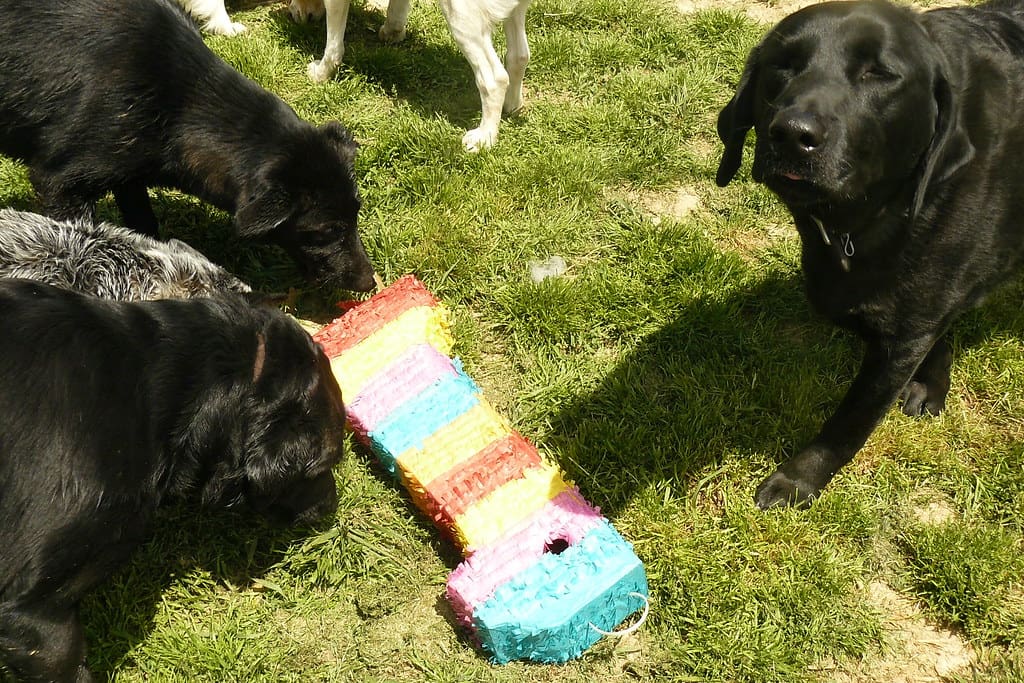
Incorporate puzzle feeders and slow-feed bowls into your dog’s mealtime routine. These innovative tools not only slow down eating but also provide mental stimulation. By making your dog work for their food, you can control portion sizes, prevent bloating, and improve digestion. This approach turns mealtime into an engaging activity that promotes healthier eating habits.
6. Limit Treats and Table Scraps
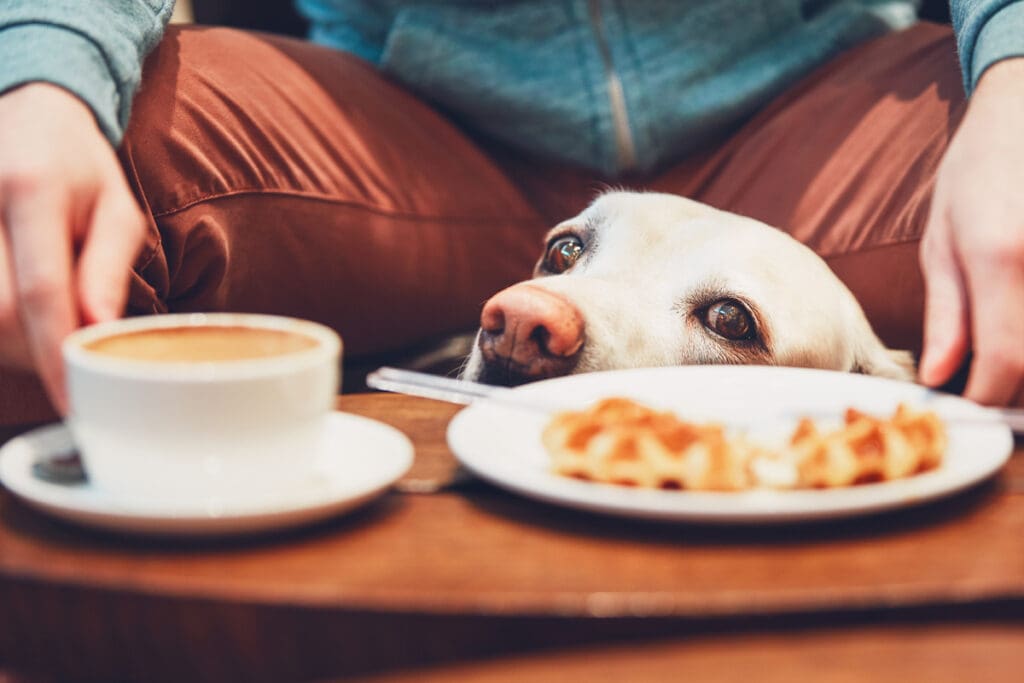
Keep treats to no more than 10% of your dog’s daily caloric intake. Opt for low-calorie options like baby carrots, green beans, or small pieces of lean meat. Avoid feeding table scraps, as human food is often high in calories and can contribute to weight gain. Remember, even small treats add up quickly.
5. Increase Exercise and Activity
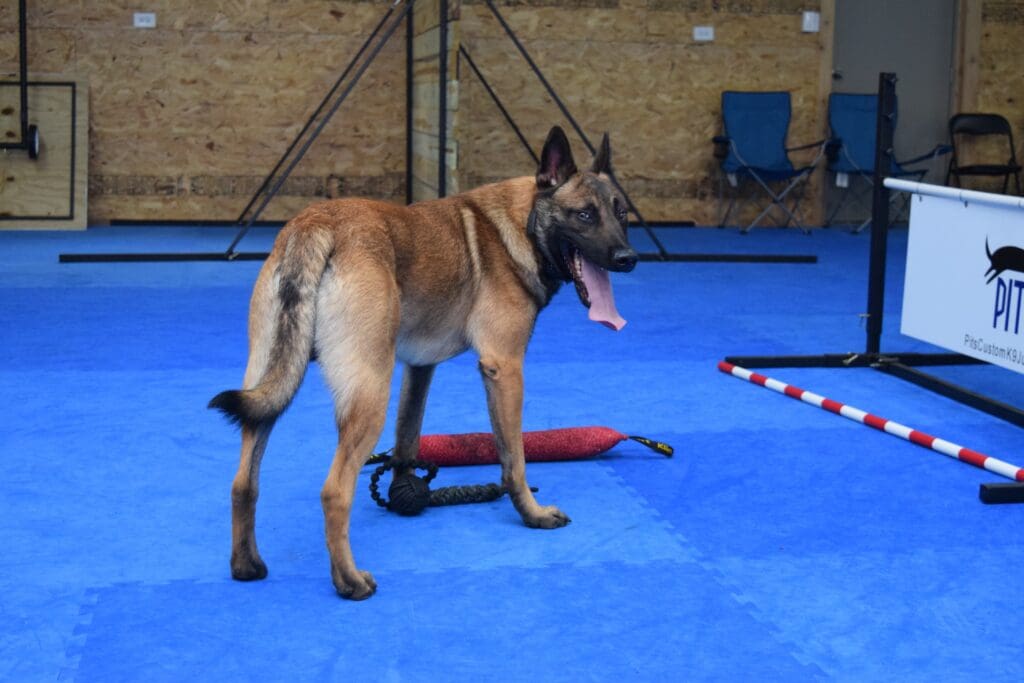
Gradually boost your dog’s physical activity to burn calories and build muscle. Start with short walks, then increase duration and intensity. Incorporate fun activities like swimming, fetch, or tug-of-war. Aim for at least 30 minutes of exercise daily, adjusting based on your dog’s breed and fitness level. Regular activity not only aids weight loss but also improves overall health and behavior.
4. Establish a Consistent Feeding Schedule
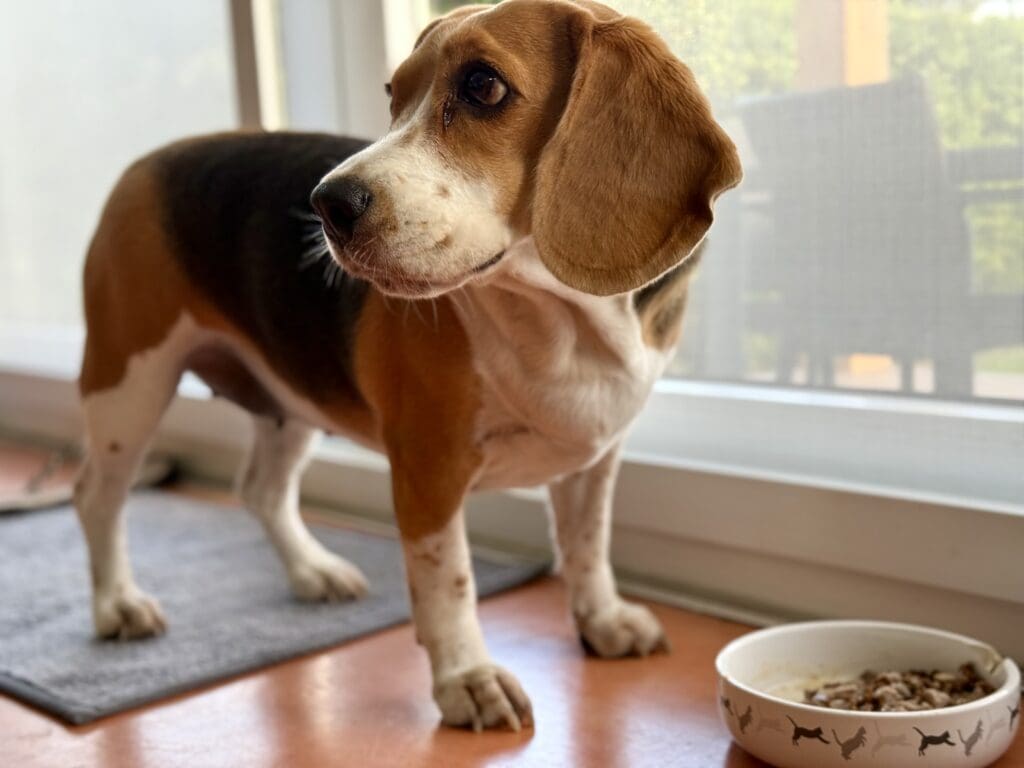
Feed your dog at the same times each day, typically twice daily, 8-12 hours apart. This routine helps regulate digestion, prevents overfeeding, and aids in weight management. Scheduled feeding also makes it easier to monitor food intake and adjust portions as needed for weight control.
3. Choose the Right Dog Food
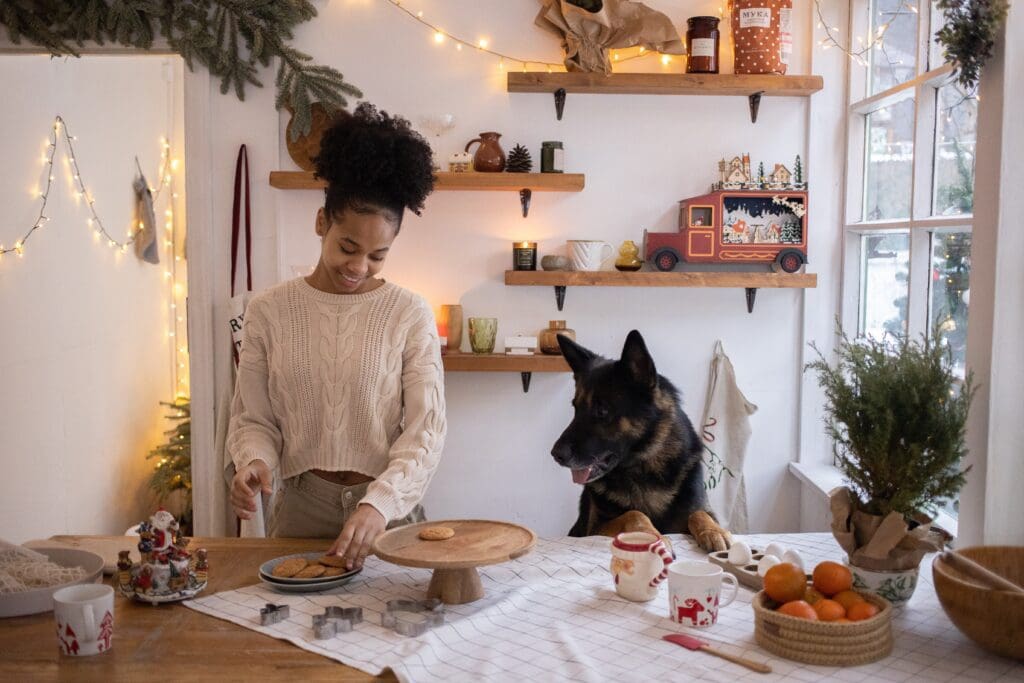
Select a high-quality, low-fat dog food specifically formulated for weight management. Look for options with lean protein sources and high fiber content to keep your dog feeling full. Hill’s Science Diet Perfect Weight Adult Dog Food is a top choice, offering balanced nutrition to support lean muscle and promote weight loss.
Read More: 10 Best Dog Breeds for Children
2. Measure and Control Portions
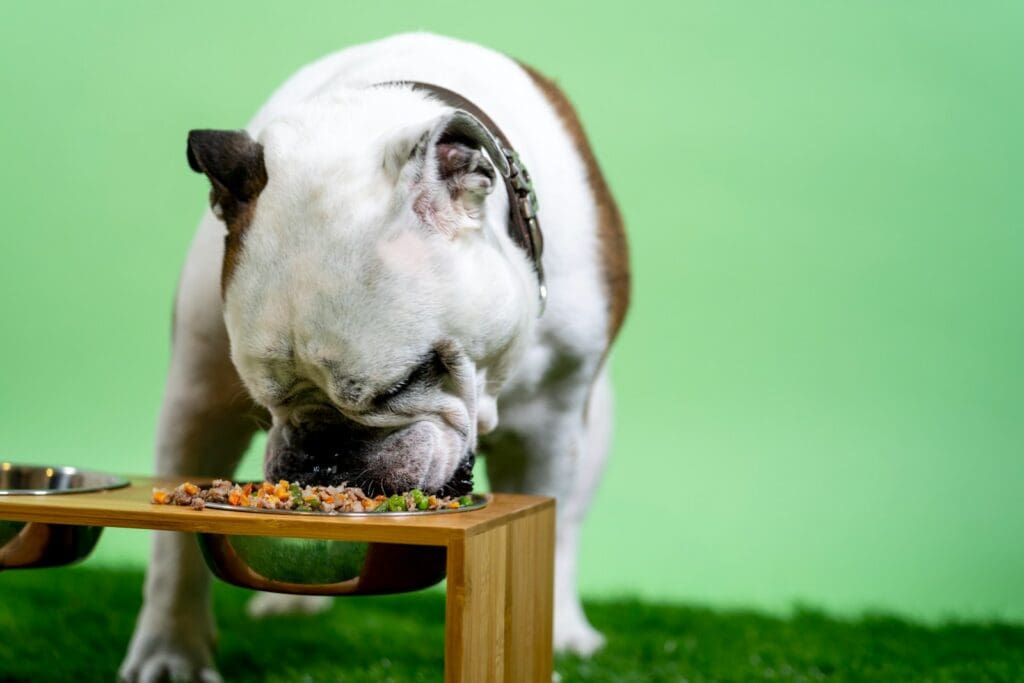
Accurately measure your dog’s food using a digital kitchen scale or measuring cups. Stick to recommended portion sizes based on your dog’s ideal weight, age, and activity level. Divide daily food allowance into two or three meals to prevent overeating. Avoid free-feeding and remove uneaten food after 20 minutes.
Read More: Pet-Safe Pest Prevention: 10 Eco-Conscious Tips
1. Consult Your Veterinarian
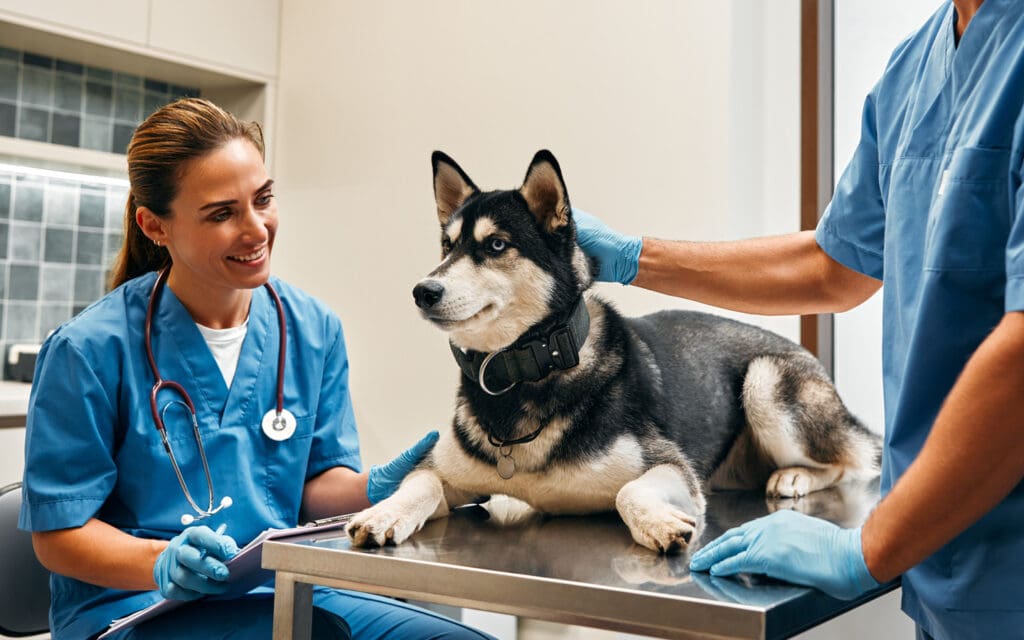
Before starting any weight management plan, schedule a consultation with your veterinarian. They will assess your dog’s overall health, determine an ideal weight goal, and create a personalized plan. Your vet may recommend a weight-loss diet and suggest a safe rate of weight loss, typically 3-5% per month.
Read More: 10 Tips to Keep Your Senior Dog Healthy

